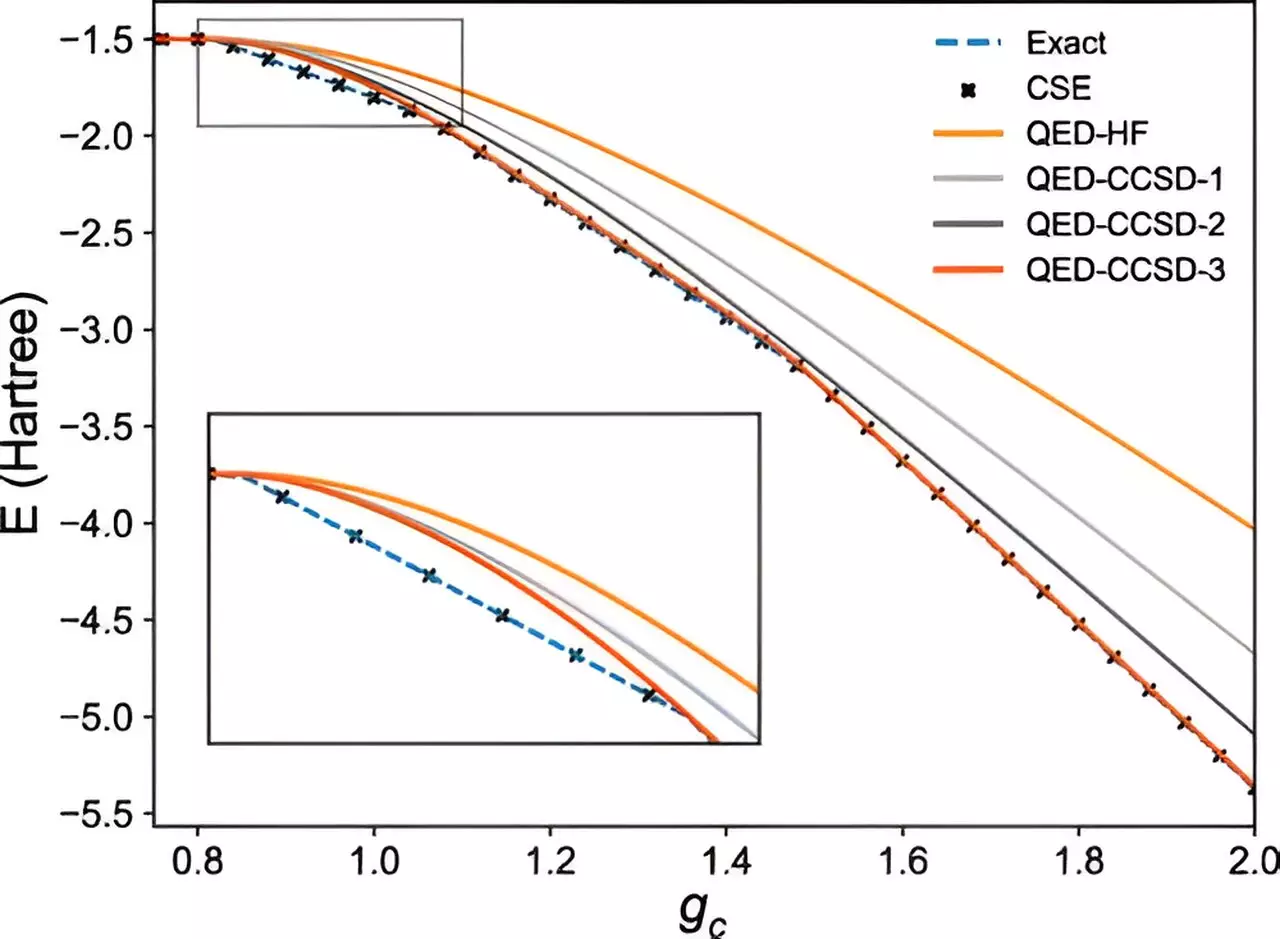Advancements in the field of quantum technologies have opened up new possibilities for interactions between electrons and light. A recent study coordinated by the University of Trento and the University of Chicago has proposed a generalized approach to understand these interactions. This research not only contributes to the development of quantum technologies but also holds promise for discovering new states of matter.
Understanding the interaction between quantum particles is essential for discovering new molecules or materials that can have various technological and medical applications. When molecules or chemical compounds interact with light, their physical properties can undergo significant changes. This has led to the emergence of a new field called polaritonic chemistry, which focuses on initiating new chemical reactions using light as a catalyst. By controlling light-matter interactions, scientists can manipulate and synthesize novel quantum matter.
The research process involves making hypotheses that need to be tested. However, studying quantum systems that involve multiple elements like electrons, photons, and phonons can be extremely challenging. Calculating the wave function of such complex systems, which contains crucial physical information for predicting the behavior of multiple quantum particles, is a daunting task. To address this challenge, a group of researchers from the University of Chicago, led by Carlos Leonardo Benavides-Riveros and David A. Mazziotti, developed a theoretical framework called an “ansatz.” This framework aids in predicting interactions among particles in a many-body quantum system using a quantum computer.
The researchers generalized this ansatz to analyze systems comprising different types of quantum particles, such as electrons, photons, and phonons. By simulating a universal quantum algorithm on an IBM quantum computer with zero theoretical error, they demonstrated the efficacy of their approach. This study represents a significant advancement as it offers a single method to generate exponential prescriptions for many-body quantum systems with multiple particle types. When implemented on quantum devices, this approach produces exact wave functions, providing valuable insights into the states of matter.
Implications for Quantum Computers
The researchers emphasize that their approach is particularly well-suited for quantum computers, offering new possibilities for modeling molecular problems related to light-matter interactions. This has significant implications for polaritonic chemistry and other fields where understanding light-matter interactions is crucial. By incorporating particles of light, known as photons, into their universal formulation, the scientists were able to gain a deeper understanding of the wave function’s structure and its corresponding physical properties.
The study led by researchers from the University of Chicago and the University of Trento represents a groundbreaking advancement in the field of quantum technologies. By developing a generalized approach to analyze interactions between electrons and light, the researchers have paved the way for new discoveries in quantum matter. This research not only contributes to the development of quantum technologies but also opens up new avenues for exploring the states of matter and modeling complex molecular problems. With the continued progress in this field, the possibilities for leveraging quantum systems to revolutionize various industries are endless.


Leave a Reply